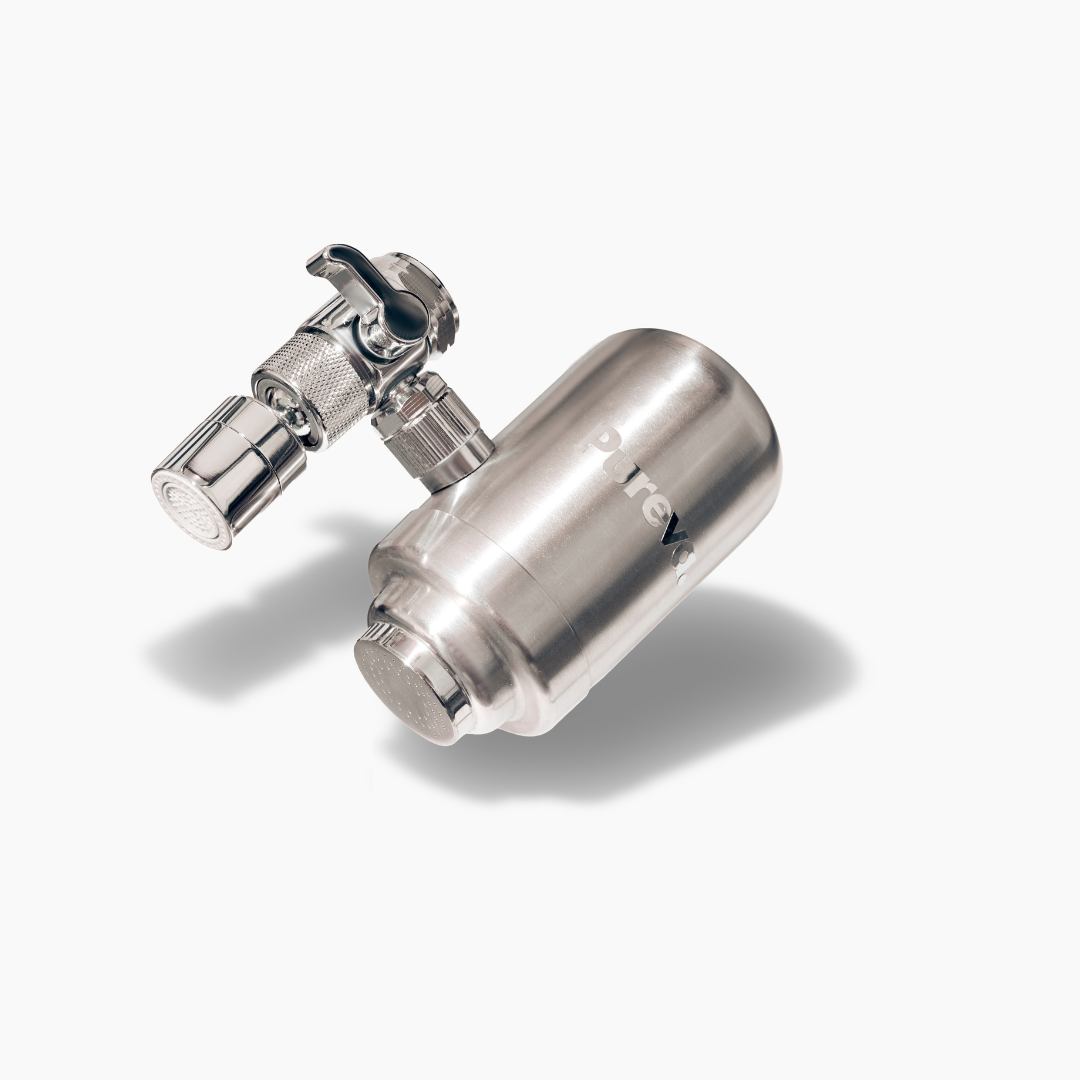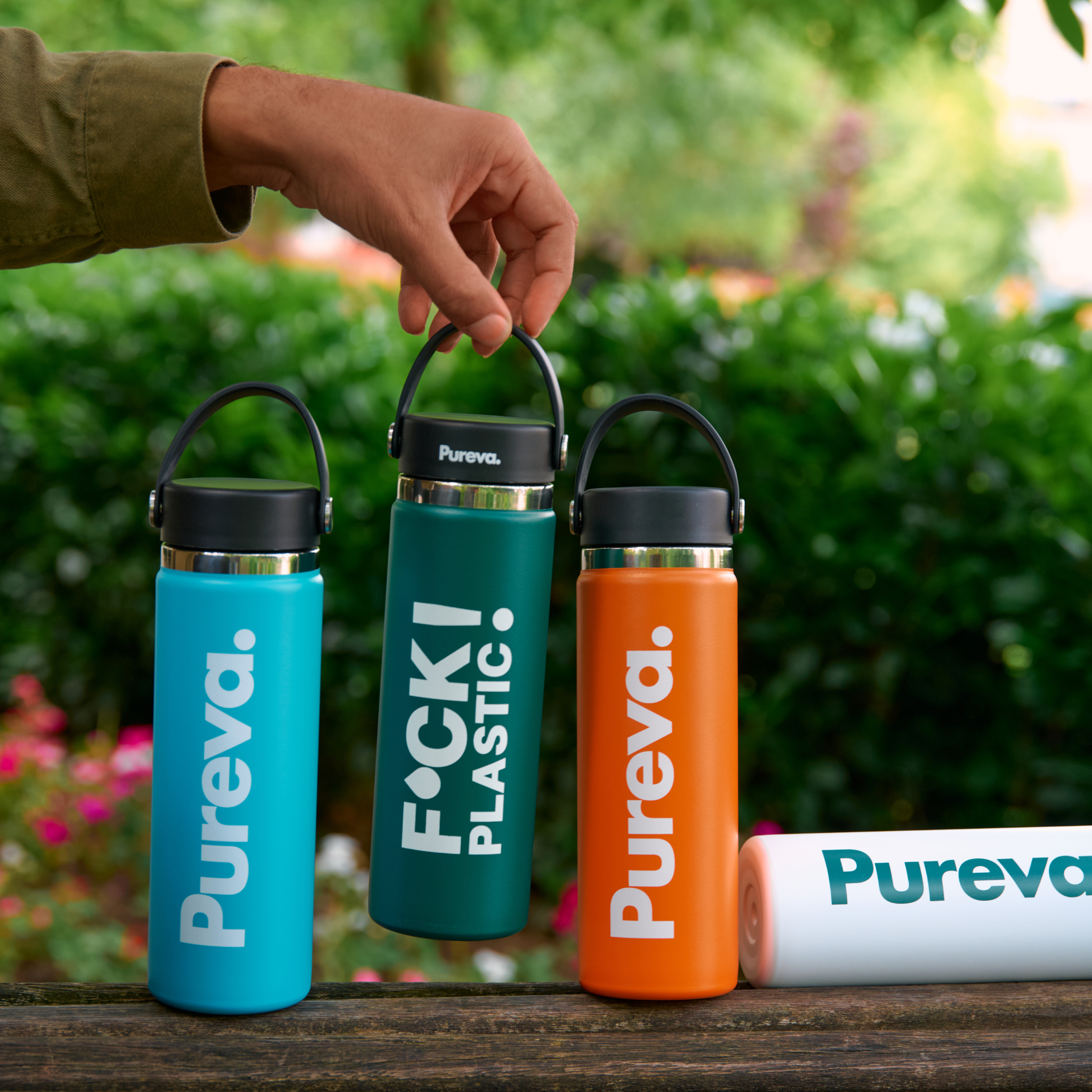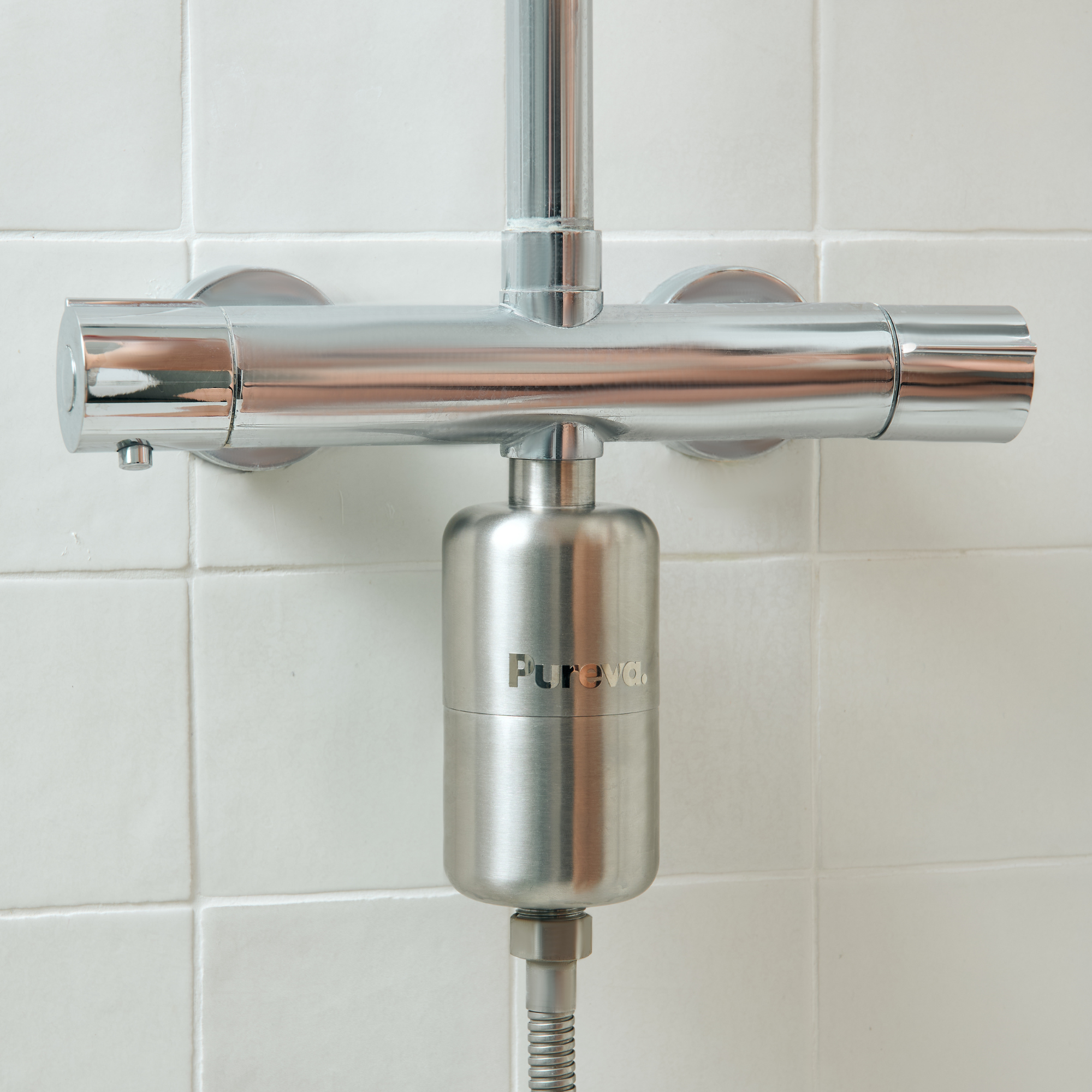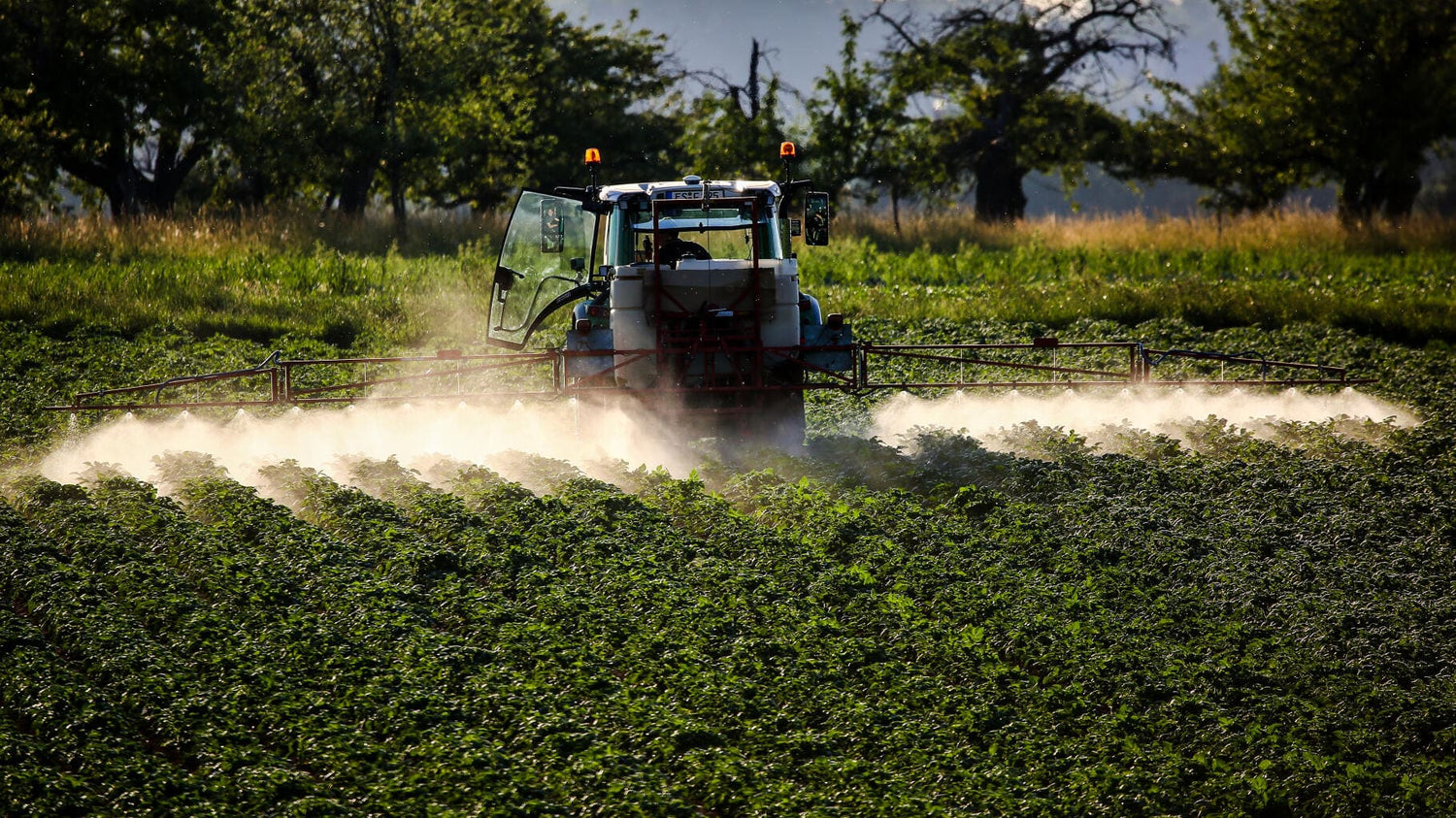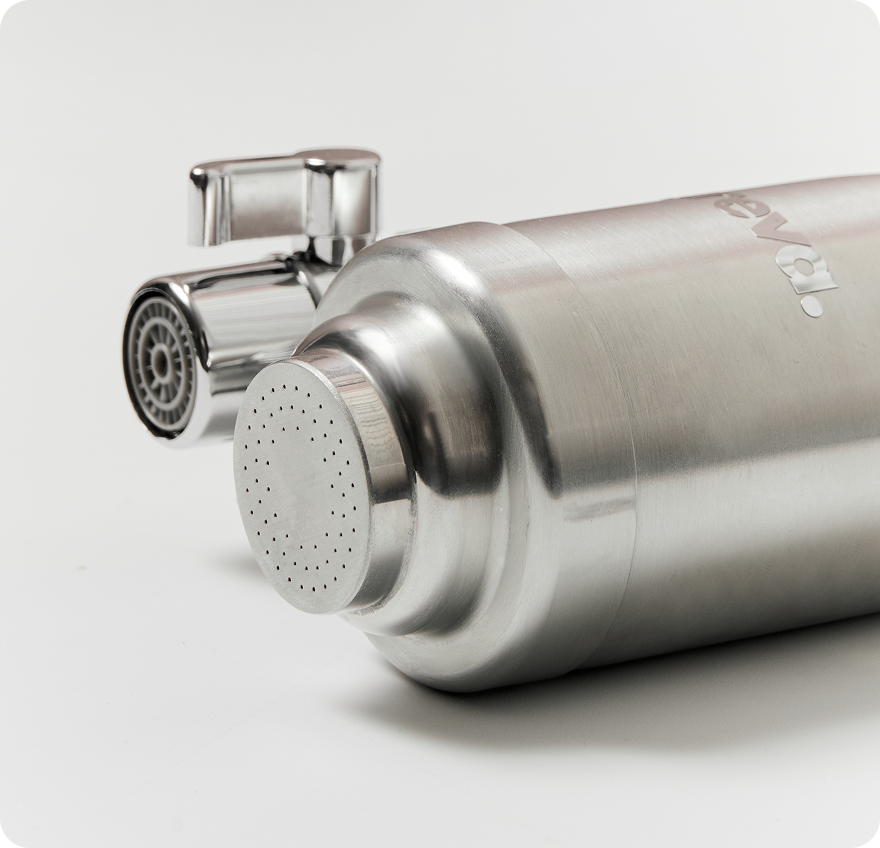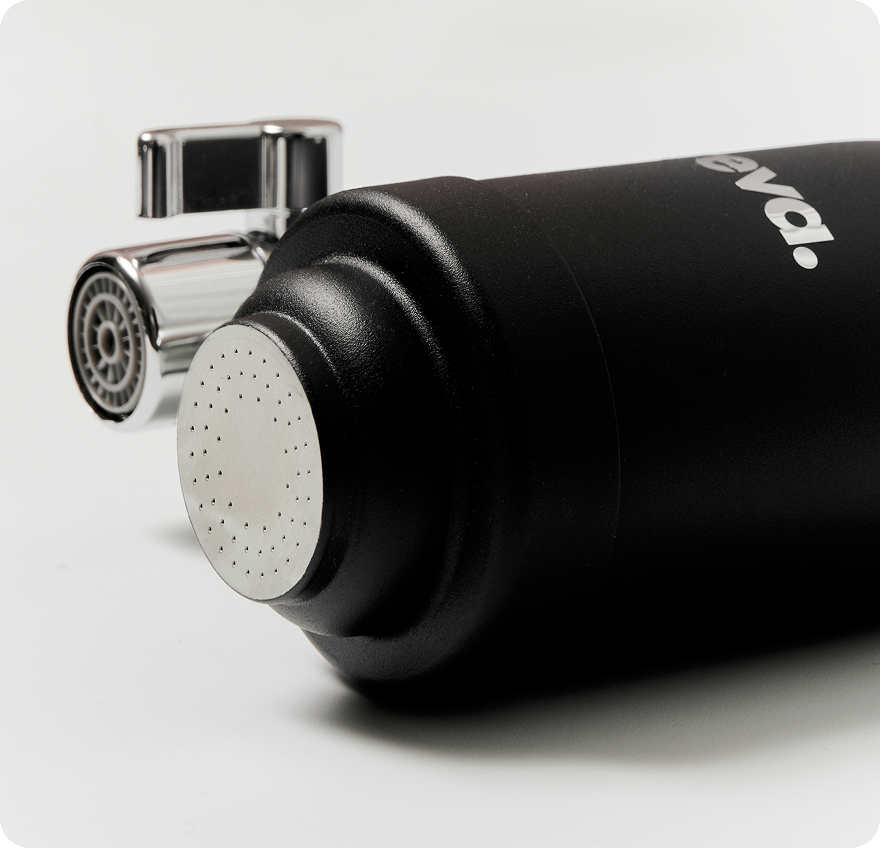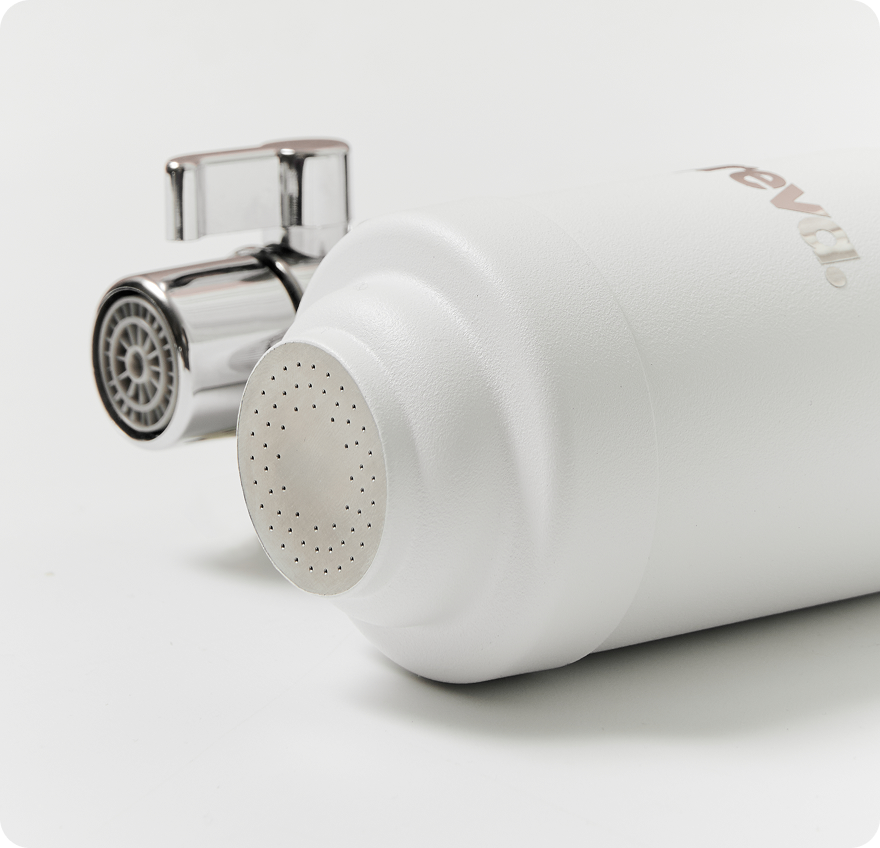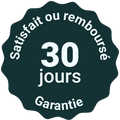Glyphosate , a widely used herbicide, has been used on banana plantations in Martinique and Guadeloupe in particular to control weeds for years. Although its use is limited today, it is not completely banned. The use of glyphosate has accelerated soil erosion, thus releasing chlordecone, a pesticide banned since 1993 but previously used to control the banana weevil. This release of chlordecone is worrying because it contaminates rivers and farmland, posing a health hazard to local populations.
Scientists warn of the short- and long-term health consequences of these toxic pesticides for populations in these regions. Today, innovative solutions exist to limit their ingestion by local populations. We'll discuss them at the very end of this article.
What is Glyphosate?
A powerful weedkiller widely used in the agricultural sector, glyphosate works by blocking photosynthesis in plants , thus preventing their natural development.
It is commonly applied in fields to eliminate "weeds" (invasive or toxic plants for crops) before sowing, which avoids reworking the soil afterwards. Its effectiveness lies in its total and systemic action: it destroys the functioning mechanism of the plant , from the tissues to the root. By extension, glyphosate is also used as a pesticide to eliminate pests (insects or fungi) and prevent their proliferation.
Still available for sale and used for agricultural crops or in gardens, this pesticide is nevertheless banned in France in places open to the public, such as green spaces managed by communities.
Why is this pesticide used in Martinique and Guadeloupe?
In the 1970s, banana plantations in Guadeloupe and Martinique were severely affected by the banana weevil, a pest that destroyed crops and significantly reduced production. The banana weevil (Cosmopolites sordidus), a tropical beetle, thrives particularly well in warm, humid climates. It feeds on banana trees, attacking the plant from its roots to its leaves, and its larvae tunnel into the plant tissue, rendering the plants unviable.
To save banana crops and increase their yield , farmers adopted glyphosate , a herbicide recommended by American experts. The use of this pesticide was crucial for the economies of Martinique and Guadeloupe, ensuring the survival of farmers and local communities whose livelihoods depended on this crop.
Between 1972 and 1993, approximately 300 tons of glyphosate were used in banana plantations. Although the pesticide was banned in the United States in 1976 due to its toxicity, France did not take this step until 1990. However, a waiver allowed banana growers to continue using glyphosate until 1993, depleting existing stocks, under pressure from banana industry lobbies .
What is the relationship between Glyphosate and Chlordecone?
Chlordecone (sold as Kepone and Curlone in France) is a toxic, ecotoxic, and persistent organochlorine insecticide . It is a non-biodegradable chemical whose lifespan in contaminated soils is estimated to be between 250 and 650 years, according to researchers.
Scientific studies suggest that the overuse of glyphosate in the 1970s and 1980s may have contributed to soil erosion, releasing chlordecone molecules. The toxic molecules previously trapped in layers of sediment would be exposed, increasing the risk of environmental contamination .
What are the dangers for Martinique and Guadeloupe?
The use of glyphosate and its consequences have been described as an environmental disaster in the French Antilles . Significant contamination has been observed throughout the islands' food chain.
Impact of Glyphosate on the Environment
Glyphosate , sold for its destructive properties on weeds, has also had harmful consequences for surrounding crops and flora. The destruction of biodiversity has led to land degradation, releasing toxic substances into the environment. This pollution has affected aquatic, marine, and forest ecosystems. By spreading on the soil, glyphosate has not only polluted water and soil, but also poisoned local fauna, flora, and populations , thus compromising food security.
Water contamination
Glyphosate seeps into the soil and, through runoff from the territory, can contaminate all water sources , both on the surface and in depth. Watercourses, rivers, groundwater, drinking water reserves, seas and oceans are therefore impacted by its toxicity.
The people of Martinique and Guadeloupe are doubly exposed. Firstly, directly through the contaminated water they consume from the tap (the reserves being exposed to the toxic product).
Then, indirectly through the contaminated water which will have infected all the other exposed products: food in contact with the contaminated water, but also foodstuffs from food crops in contact with the poisoned soil.
Dangers for Martinicans and Guadeloupeans
The dangers for Martinicans and Guadeloupeans are numerous : serious health effects in the short, medium, and long term. Fertility and hormonal problems have been observed.
Populations have been victims of serious and incurable diseases, the cause of which is proven. Pregnant women, babies, and children are particularly affected by the toxicity of glyphosate and chlordecone.
The Ministry of Health and Prevention, the Ministry responsible for overseas territories and the prefects of the Guadeloupe and Martinique regions also created the "Chlordécone IV" plan in 2021, which is scheduled to end in 2027 (the first initiatives were initiated by the government in the 2000s). Its aim: to protect the West Indian population and the environment from the toxic effects of chlordécone.
What solution is there to combat the ingestion of Glyphosate?
Since water is the main source of exposure to glyphosate , whether directly ingested to hydrate or to rinse dishes or food, it is vital to find solutions to minimize exposure . This contaminant represents a significant danger to public health, and its reduction has become a priority for authorities and scientists.
Innovative solutions like our Pureva system filter water and improve its quality. This new device, installed directly on your faucet, helps reduce glyphosate and other contaminants in tap water.
With easy, tool-free installation in 5 minutes, this water filter is an economical system that can be installed on 95% of faucet models. Thanks to 100% natural microfiltration based on diatomaceous earth and activated carbon, it provides better water quality. Studies have shown that more than 70 pollutants are filtered, including limescale, heavy metals, pesticides, and chlorine.
Being from Martinique ourselves, we were contaminated by chlordecone in the past, which prompted us to come up with an effective and accessible solution so that all families have access to quality drinking water.

